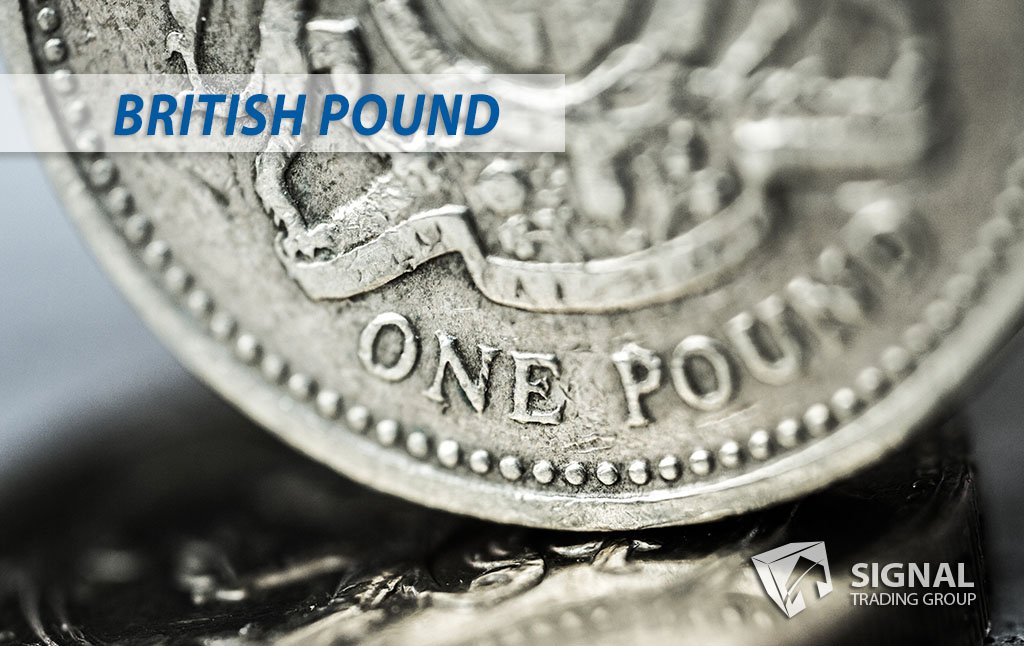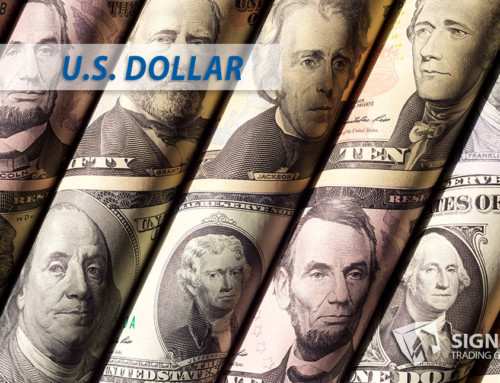How the British Pound got its nickname “Cable.”
The term “Cable” may not be immediately recognizable to many, but it’s a widely used nickname in currency trading. Specifically, Cable refers to the GBP/USD currency pair, a combination of the British Pound (GBP) and the US Dollar (USD). But how did this seemingly odd moniker come about, and what is its significance today? Let’s dive into the term’s history and uncover its connection to transatlantic Cable, a groundbreaking innovation that forever changed communication and human history.
The Transatlantic Cable: A Game-Changer for Communication
The term Cable originates from the 19th century, when a groundbreaking feat of engineering, known as the transatlantic telegraph cable, was successfully laid across the Atlantic Ocean. This vast underwater Cable, first completed in 1858, connected the United States and the United Kingdom through telegraph, allowing instant communication between the two continents for the first time in history.
Before the transatlantic Cable, information between Europe and North America traveled at a snail’s pace. News took days, if not weeks, to reach its destination, and the lag in communication made trading with real-time data virtually impossible. But with the advent of the transatlantic Cable, information could now be transmitted in near real-time, allowing governments, businesses, and individuals to communicate almost instantly, paving the way for modern communication technology as we know it.
Sparking a Revolution in Currency Trading
The introduction of the transatlantic Cable had far-reaching implications, not least in finance. Currency trading between the GBP and USD took off as the two countries could now rapidly exchange information about their respective economies, allowing for a better understanding of market forces and more accurate predictions on currency movements.
Before the transatlantic Cable, currency traders relied on cumbersome methods like ships to convey financial market updates. With the telegraph, however, traders could monitor real-time economic events and make decisions accordingly. This newfound efficiency helped solidify the GBP/USD as a heavily traded currency pair and laid the foundation for modern currency futures trading.
The “Cable” Legacy in Today’s World
While today’s communication technology has advanced far beyond the telegraph, Cable has maintained its place in the financial lexicon, particularly among forex traders. Its continued use highlights the transatlantic Cable’s enduring significance and role in shaping the global economic landscape.
For traders who deal in currency futures, the term Cable serves as a nod to the history and connection between Britain and the US. The nickname is a testament to the lasting legacy of transatlantic Cable as a transformative invention that revolutionized communication and brought economies closer together forever.





